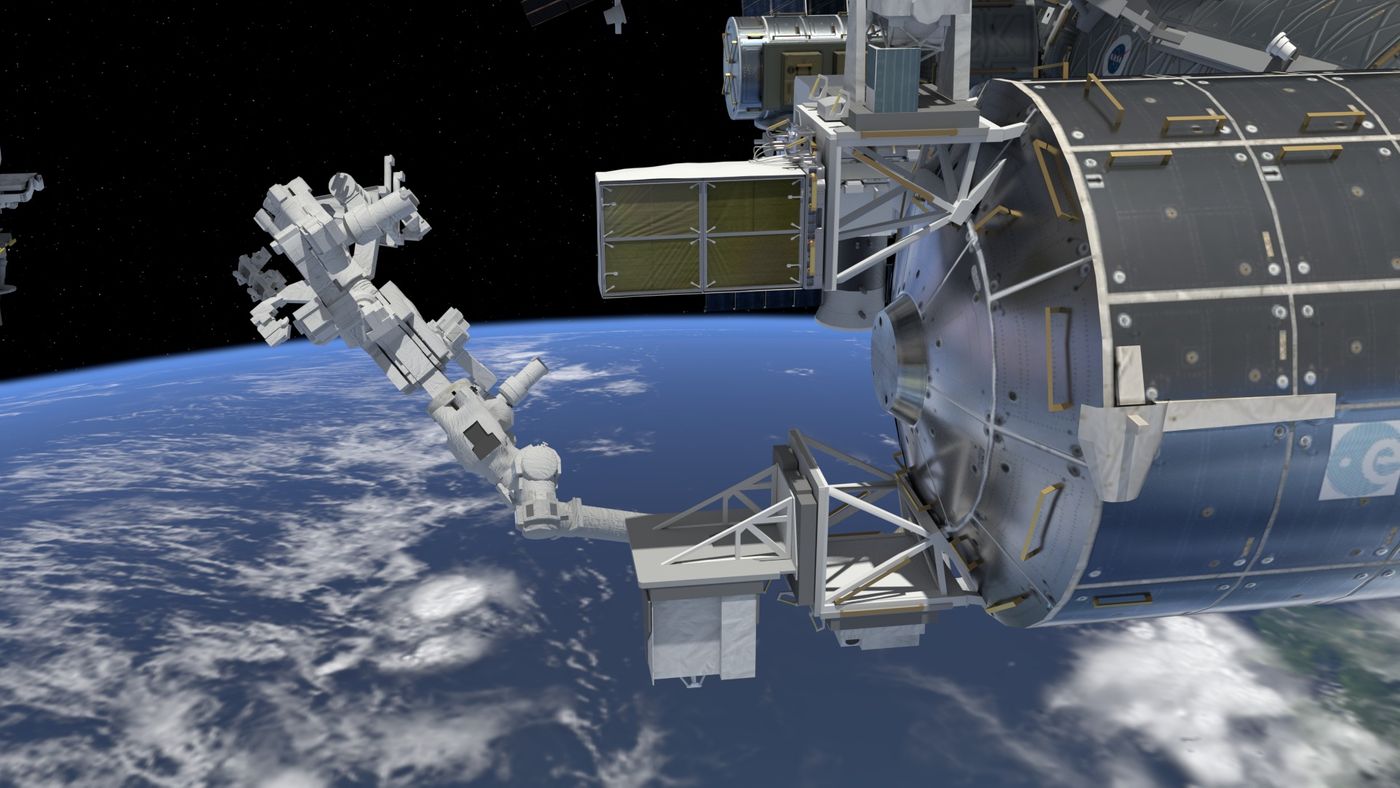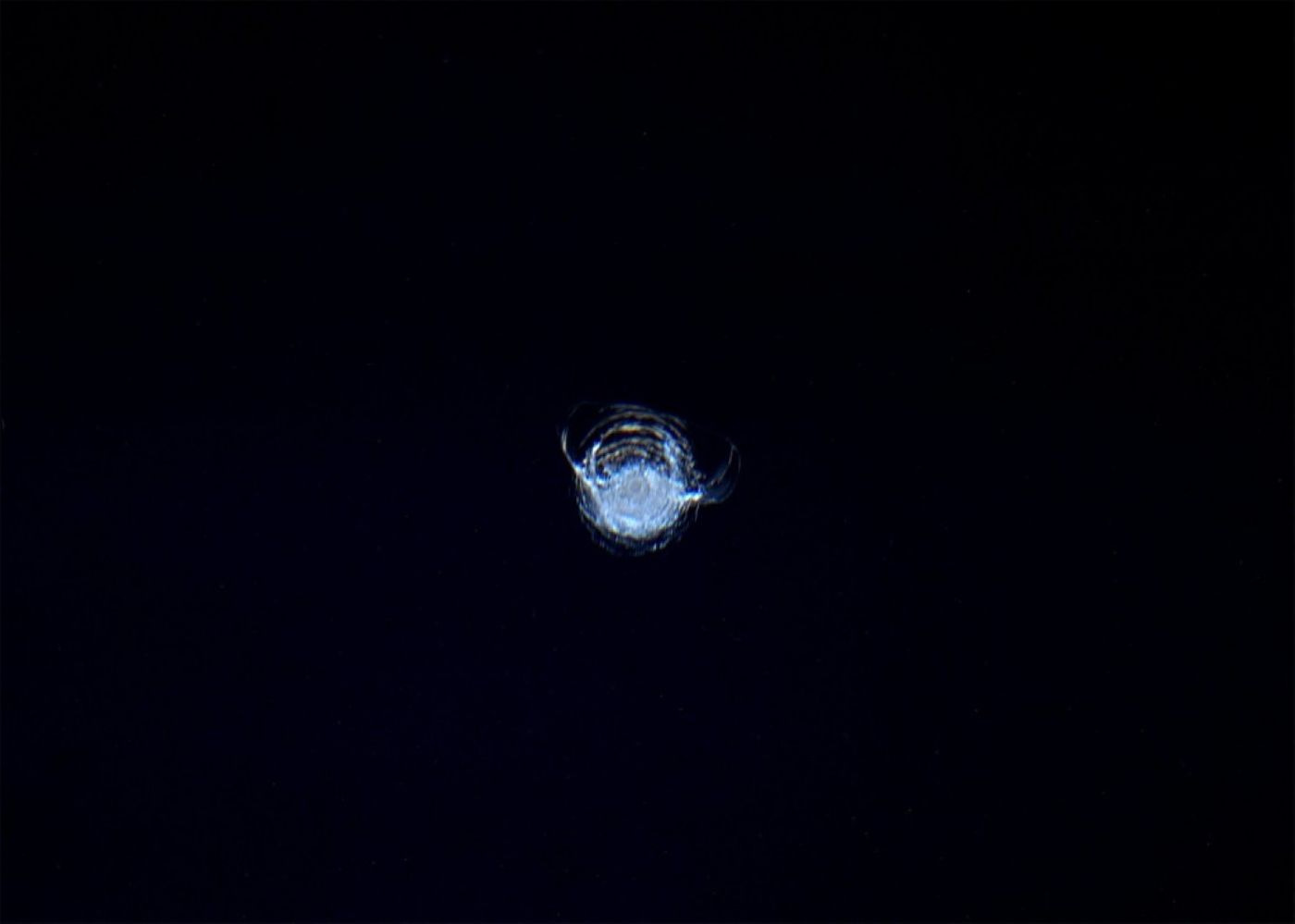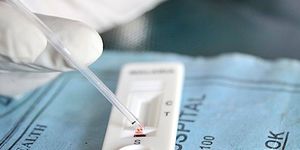International Space Station's Latest Sensor Monitors Impacts from Tiny Space Debris
If you didn’t already know, the International Space Station has a new sensor called the Space Debris Sensor (SDS) that lets NASA monitor space debris impacts; even those resulting from the smallest tidbits that radar detection systems can’t see.
Image Credit: iGoal Animation/NASA
NASA can command evasive maneuvers to protect the International Space Station from larger space debris, but the same isn't true about smaller debris that they're blind to. With a little luck, SDS should provide more insight into smaller debris and help NASA develop new technologies to protect against them.
Related: Can magnets help space agencies combat space junk?
Citing NASA, SDS can discern impacts from space debris ranging from 0.05mm-0.5mm in size. Debris this small result from collisions between more significant pieces of space junk, which break apart into scantier fragments upon impact.
Although these sizes seem insignificantly-small on paper, keep in mind that they’re traveling at thousands of miles per hour – several times faster than a bullet. At these break-neck speeds, even the smallest debris can inflict significant damage.
Still not convinced? Just check out the massive crack in the International Space Station's Cupola window that came to be right after a 7mm chunk of debris smacked into the quadruple-paned glass:
Image Credit: ESA/NASA
Not only do these tiny space debris pose a risk to the International Space Station itself, but also to astronauts as they perform spacewalk missions; their space suits aren’t bulletproof, let alone space debris-proof.
“Debris this small has the potential to damage exposed thermal protection systems, spacesuits, windows and unshielded sensitive equipment,” said Joseph Hamilton, the project’s principal investigator.
“On the space station, it can create sharp edges on handholds along the path of spacewalkers, which can also cause damage to the suits.”
Related: Japan's attempt to clean up space junk proves unsuccessful
SDS should provide the space agency with a slew of useful information such as impact frequency, space debris size, the rate of speed, and the direction it came from, among other things.
While the results will undoubtedly fuel scientific research, they should also help NASA develop new ways to shield the International Space Station and astronauts as they perform extra-vehicular missions.
Assuming SDS provides useful information, it could be in NASA's best interest to install similar sensors on all future spacecraft so that the space agency can monitor space debris activity throughout the solar system. It should be interesting to see how this concept pans out.
Source: NASA










